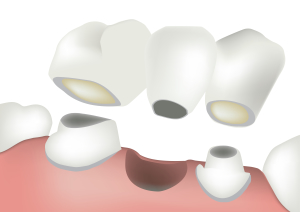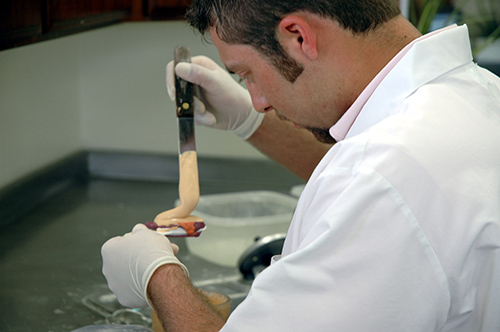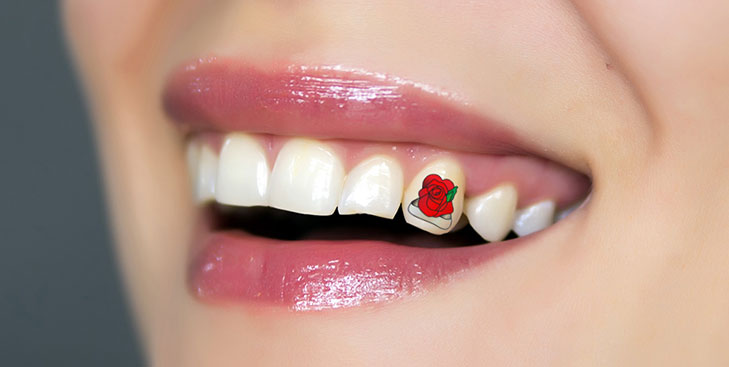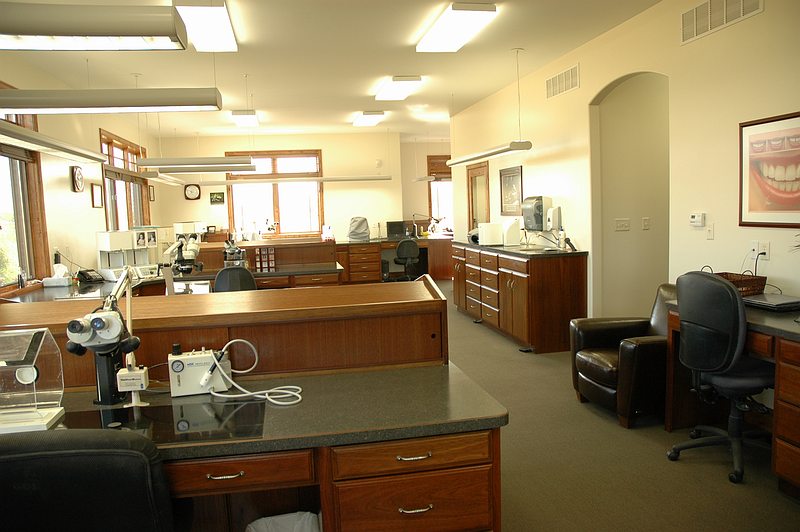Of all the dental problems that plague most adults, perhaps there is nothing more embarrassing than having a lost tooth, either due to extraction or accident. As young children we are able to replace our lost “baby” teeth, but as adults we either have to live with lost teeth for the rest of their lives or find a cosmetic solution. Consider the predicament of Sara: She lost two incisors to cavities, requiring her to have both teeth extracted. Embarrassed that she won’t be smiling more often now, she asked for options to restore the missing teeth. The dentist’s recommendation? Dental bridges.
What is a dental bridge?
 A bridge is a prosthetic dental device that is attached to the teeth to replace a missing tooth (or more) and fill the gap between teeth. Compared to dentures which can be removed for cleaning purposes, bridges are cemented onto the existing healthy teeth, making them semi-permanent. Dental bridges can be made from materials such as porcelain, resin, acrylic, and even gold and alloys.
A bridge is a prosthetic dental device that is attached to the teeth to replace a missing tooth (or more) and fill the gap between teeth. Compared to dentures which can be removed for cleaning purposes, bridges are cemented onto the existing healthy teeth, making them semi-permanent. Dental bridges can be made from materials such as porcelain, resin, acrylic, and even gold and alloys.
The usual bridge for the teeth consists of two crowns on both sides of the missing tooth and a prosthetic tooth for filling the gap created by it. These crowned teeth serve as anchors for the false tooth and are called “abutment teeth.” The prosthetic tooth, on the other hand, is called “pontic.”
Why should you get dental bridges?
While its primary benefit is to replace missing teeth, a bridge also helps prevent gum disease as well as temporomandibular joint (TMJ) disorders. The gap that is created by the extracted tooth often causes the remaining healthy teeth to shift, which in turn leads to a bad bite. By opting to have a bridge, you can restore the balance between the functions of your teeth — tearing, chewing, and grinding food.
Aside from aesthetic purposes (improved appearance and maintaining the shape of the face), a bridge can also help improve the way you speak. Missing teeth often cause trouble when speaking since it is hard to put stress on the words, especially if you lost teeth in the front area of your mouth. Having a bridge can fix this issue.
Types of Bridges
 Bridges are typically available in three various types as described below:
Bridges are typically available in three various types as described below:
• Traditional – It is a fixed bridge consisting of two or more crowns and a prosthetic tooth. This is the most common type and is often made out of porcelain or ceramics.
• Cantilever – This type of bridge is often used when there are teeth on only one side of the lost tooth (adjacent).
• Maryland bonded bridge – Commonly used for missing front teeth, this type of bridge is supported by metal wings which are bonded to the existing healthy teeth.
Cost and Maintenance
The cost of getting a bridge varies greatly by country, the material used, and the number of teeth that need to be replaced. As for maintenance, bridges also require deep cleaning by brushing and flossing. To further prevent them from getting damaged, you must avoid grinding hard foods, especially if your dental bridges are still new.





